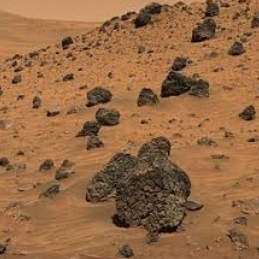Regolith: What is it?
Regolith is the layer of loose, heterogeneous material covering solid rock on the surface of planets or moons. It is made up of a combination of soil, dust, broken rock, and other debris that has been weathered over time.
Formation of Regolith
Regolith is formed through a variety of processes, including weathering, erosion, and deposition. Weathering breaks down solid rock into smaller pieces, which are then transported and deposited in a new location. Over time, these particles accumulate to form regolith.
Studying Regolith
Geologists study regolith to learn more about the history and composition of a particular area. By analyzing the texture, composition, and mineral content of regolith samples, geologists can gain insights into the geological processes that have shaped the surface of a planet or moon.
Unraveling Mysteries
One of the key mysteries surrounding regolith is its role in the formation of planetary surfaces. By studying regolith, geologists can piece together the history of a planet or moon, including its volcanic activity, impact events, and tectonic processes.
Regolith on Earth and Beyond
While Earth’s regolith is largely composed of soil and weathered rock, regolith on other planets and moons can vary drastically in composition. For example, the regolith on Mars is rich in iron oxide, giving the planet its distinctive red color.
Overall, regolith is a fascinating and versatile material that holds valuable clues about the geological history of a planet or moon. By unraveling its mysteries, geologists can gain a deeper understanding of the processes that have shaped our solar system.

